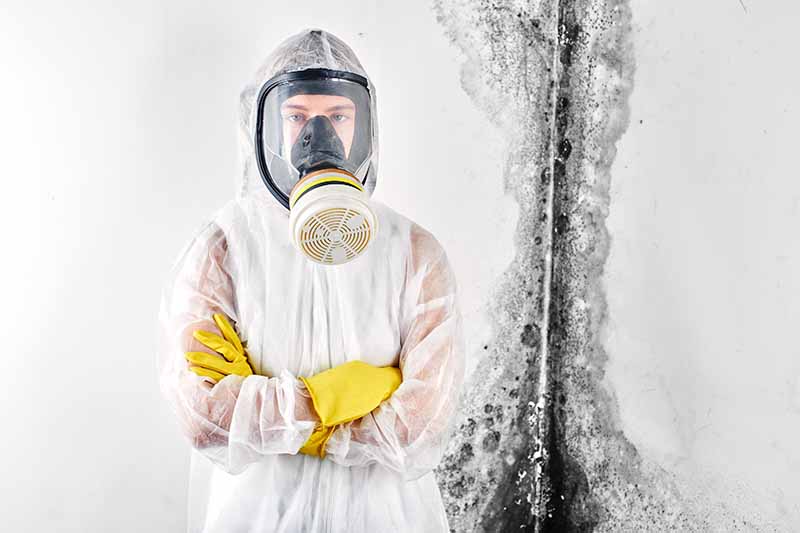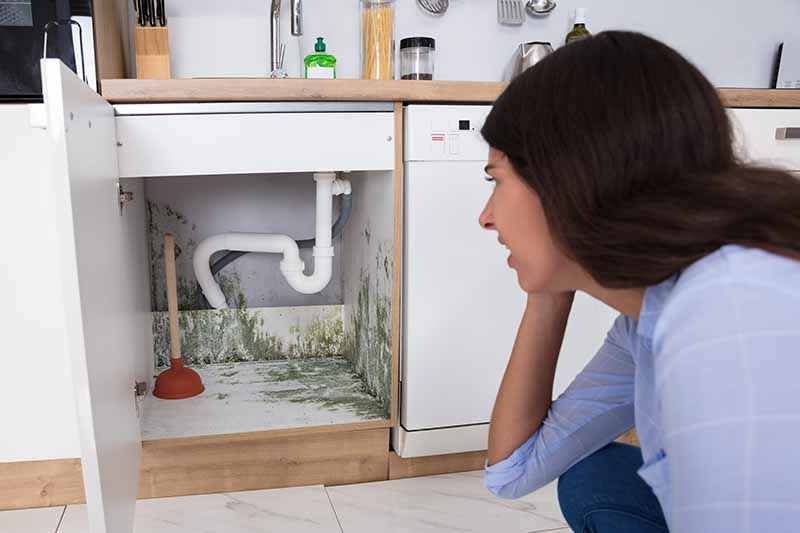Mold Remediation
MOLD REMEDIATION
Once you’ve identified mold damage within your home or business through Mold Inspection and Testing, the next step is to ensure that mold is properly remediated by a State Licensed Mold Remediation Contractor.
Property owners should always consider the potential damage and health issues that mold can create, and how important it is that the mold is remediated from their property as quickly as possible. Remediating mold safely from a home or business, requires the proper training, equipment and expertise.
One of our State Licensed Mold Remediation Contractors or Certified Staff Members at Big Easy Restoration is always here to help.


Moisture, mold, and building materials go hand in hand. Mold requires moisture in order grow and reproduce. Usually a good sign that mold is present, is a musty odor.
Musty odors are usually more noticeable when wet building materials are present, and mold growth is active. Some common sources of leaks, water intrusion, and elevated humidity that promote mold and water damage include plumbing leaks, shower pan leaks, air conditioning repairs, roof leaks, window leaks, and exterior stucco cracks.
Big Easy Restoration will provide the expert knowledge and assistance required in order to properly identify the sources of moisture that lead to water and mold damage.
Some Common Steps to Properly Remediate Mold From a Property Include
1. Repair and fix any sources of water leaks, water intrusion, and elevated humidity levels that lead to mold and water damage. Failure to properly rectify all sources of leaks, water intrusion, and elevated humidity levels will not only make it very difficult to properly remediate the mold growth, but failure to make the needed repairs will lead to future and reoccurring mold and water damage. Fix the leaks first.
2. Installation of containment barrier. The installation of the containment barrier is essential throughout the mold remediation process. Containment barrier is used in order to create a controlled environment, and prevent cross-contamination of mold, dust and contaminates throughout the remaining indoor environment of the home or business.
3. Remove and discard mold damaged porous items. Certain items that have been affected by mold, particularly porous items, will need to be discarded completely. Mold spores will embed themselves into porous items and can not be removed. Certain items require different methods in order to properly clean and decontaminate. Some samples of porous items that are sometimes beyond restoration include carpet, carpet pad, clothing and fabric furniture.
4. Installation of dehumidifiers and air scrubbers. Dehumidifiers and air scrubbers are used throughout the mold and water damage process. This is done in order to ensure that the water damaged building material is properly dried, and that mold spores, dust and contaminates are properly filtered using HEPA filtration.
5. Remove and discard all mold and water damaged building materials. Some common building materials that are typically removed during the mold and water damage restoration process include baseboards, drywall, carpet, carpet pad, wood and laminate flooring. All debris should be double bagged, tapped, sealed and properly cleaned before being removed from the established containment area.
6. HEPA vacuum and antimicrobial clean all exposed building materials and surfaces throughout the containment area. This includes a heavy detailed cleaning of all exposed studs, wall, ceilings and floors throughout the established containment area. Sometimes multiple detailed cleanings are required.
7. Air Conditioning and Ductwork. Big Easy Restoration always recommends that the HVAC system and associated ductwork be cleaned by a State Licensed and NADCA Certified Contractor in coordination with any mold remediation job. Mold spores travel through the air very easily and often find their way into the HVAC system and ductwork. When a HVAC system becomes contaminated by mold, mold can quickly spread and become a more large-scale issue throughout a home or business
8. Third Party Post Mold Inspection and Testing. Big Easy Restoration always recommends that a Third Party Post Mold Inspection and Testing be completed prior to the removal of the containment barrier, and reoccupying the affected space, home or business. Upon successful clearance from the Third Party Post Mold Inspection and Testing, the Mold Inspector will usually provide a Certificate or Letter of Clearance. At that point, the area is considered to be free of any elevated mold contamination, containment barrier can be removed, and the affected area is considered safe for re-occupancy.
Big Easy Restoration is considered the absolute best Mold Remediation, Water Damage, and Disaster Restoration Contractor throughout the Tampa, St. Petersburg, Clearwater and surrounding Tampa Bay area. Contact Big Easy Restoration today for your Positive Big Easy Customer Service Experience, and for your Mold Remediation, Water Damage, and Disaster Restoration Estimates.
Big Easy Restoration specializes in everything from large to small residential, commercial and industrial mold, water damage, and disaster restoration restoration projects. There is NO job too big or too small.
Contact us today for your Big Easy Customer Satisfaction Guarantee!
